Understanding the Lasting Impacts of Toxic Relationships
The double bind theory, first proposed by Gregory Bateson and his colleagues in the 1950s, describes a type of dysfunctional communication and relationship pattern that can have devastating psychological consequences. When a person, often a child, repeatedly receives conflicting messages and finds themselves in a “damned if you do, damned if you don’t” type of situation, it creates what is known as a “double bind.”
What is the Double Bind?
In a double bind scenario, the person cannot resolve the situation with a successful response. No matter what they do, they are “wrong” or inadequate. This often stems from a primary injunction or command, combined with a secondary injunction that conflicts with the first at a more abstract level. These injunctions are then followed by a tertiary negative injunction that prohibits the victim from escaping the dilemma.
For example, consider a child whose parents demand affection (primary injunction), but then rebuff or criticize the child’s genuine affectionate response as needy or insincere (secondary injunction). The child is then prohibited from pointing out the contradiction or leaving the situation (tertiary injunction). They are essentially trapped in a no-win scenario.
The Connection to Learned Helplessness
This type of chronic double bind in relationships, especially in early childhood, can lead to a phenomenon known as learned helplessness. First studied by Martin Seligman in the 1960s and 70s, learned helplessness occurs when an individual comes to believe that they have no control over their situation and that whatever they do is futile.
Seligman discovered this in experiments with dogs and electric shocks. Dogs that first learned they couldn’t escape shocks in one situation made no attempt to escape shocks in a different situation where escape was possible. They had learned that they were helpless.
Case Studies
Now imagine a child who grows up in a household where they face a chronic double bind:
The Invasive but Rejecting Parent:
The parent constantly demands to know the child’s inner world and authentic self. However, when the child does open up and share their true thoughts and feelings, the parent judges, shames, or invalidates them. The child learns that their authentic self is unacceptable. But they are also not allowed to put up boundaries or avoid their parent’s invasive demands. They are trapped and helpless.
The Inconsistent Rules:
One day the parent is warm and loving when the child is quiet and reserved. The next day the parent accuses the child of being withdrawn and unfriendly. The rules and expectations are constantly shifting, and the child can never meet the contradictory demands. They learn that no matter what they do, it will be wrong.
The Unreachable Expectations:
The parent sets high expectations and demands perfection. Yet even when the child strives and achieves, it is never recognized or good enough. If the child points this out or complains, they are criticized as being ungrateful or disrespectful. They are stuck trying to reach an unreachable bar.
The Emotional Minefield:
The parent is highly reactive and volatile. The child must be attuned to and responsible for managing the parent’s emotions. However, the child’s natural emotional responses and needs are dismissed or punished. They must repress their own emotions to regulate the parent’s, but this too is an impossible task.
The Manipulative Martyr:
The parent constantly sacrifices and does things for the child that the child didn’t ask for or want. When the child doesn’t act sufficiently grateful or indebted, the parent plays the victim and accuses the child of being selfish. The child is not allowed to set limits or reject the parent’s “generosity.” They are eternally beholden but simultaneously resented.
The Shadow Impact
Author and Jungian analyst Robert A. Johnson uses the concept of the “shadow” to describe the parts of ourselves that we hide, repress, or deny. Often, it is these disavowed parts that end up controlling us from behind the scenes.
Children who grow up with chronic double binds and learned helplessness can develop a large, menacing shadow. The authentic parts of themselves that were shamed and rejected get exiled into the shadows. Their own wants and needs, when chronically unmet, turn into shadow “monsters” that sabotage and scare them. The shadow of the judgmental or volatile parent becomes the voice of their inner critic.
Johnson advocates for integrating the shadow, bringing it into the light of consciousness so it no longer controls us unconsciously. But for those who grew up in double binds, it can feel like a catch-22. The message was always that their authentic self was fundamentally wrong and must stay hidden in the shadows. Revealing and integrating it feels like a terrifying risk.
Breaking Free of Learned Helplessness
The impact of chronic double binds in childhood can last well into adulthood in the form of mental health issues like anxiety, depression, complex trauma, and borderline personality disorder. Psychotherapy is often essential to begin to untangle the knots of conflicting messages and learn that one has more agency than the learned helplessness led them to believe.
In therapy, one can begin to explore:
- Clearly naming and understanding the double binds they experienced
- Externalizing the voice of the invasive, inconsistent, or manipulative parent
- Recognizing how helplessness was learned and reinforced
- Grieving the pain, confusion, and betrayal of not having their authentic self validated
- Tentatively allowing their actual wants, needs, thoughts, and feelings out of the shadows
- Experimenting with making choices and setting boundaries
- Learning to tolerate and integrate all parts of themselves
- Forming an identity separate from the double binds
With time and support, the double binds can begin to loosen, and one can move from learned helplessness to learned agency and authenticity. The shadow can be befriended and integrated, no longer a menacing monster but an accepted part of the whole self. While early experiences of double binds and helplessness can certainly leave painful scars, healing and thriving is possible.

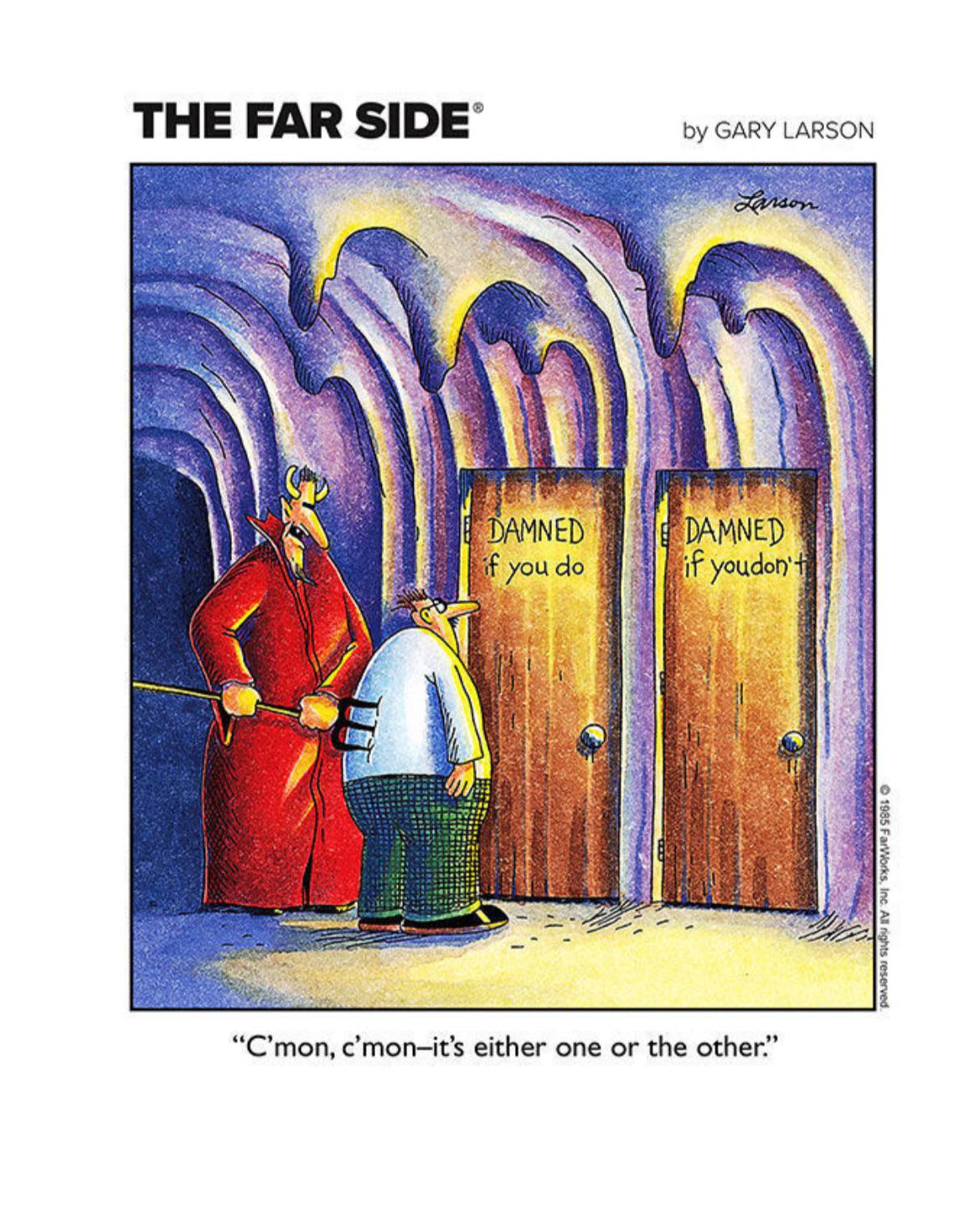


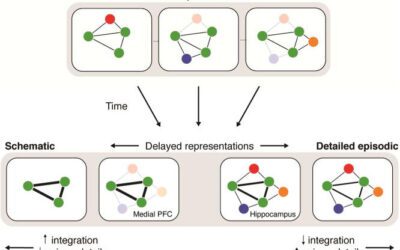
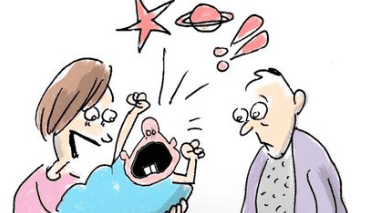
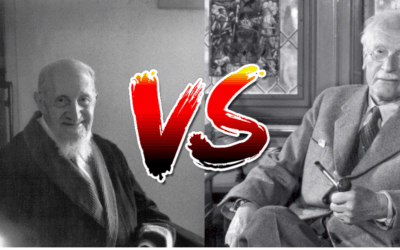

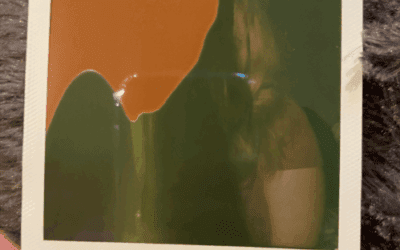
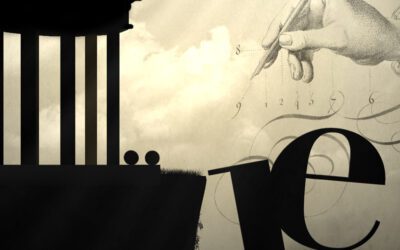

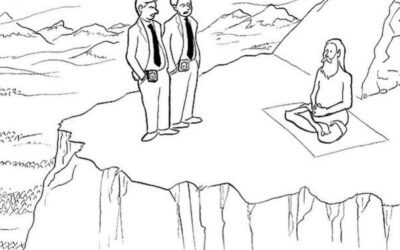

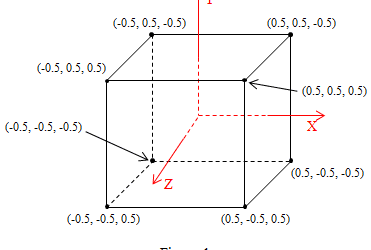


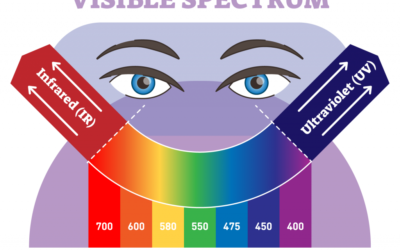




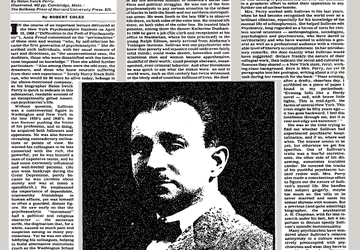

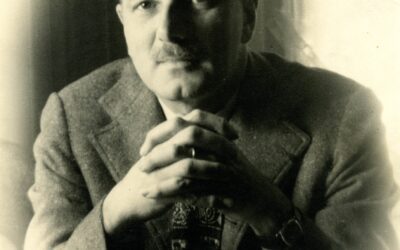



0 Comments